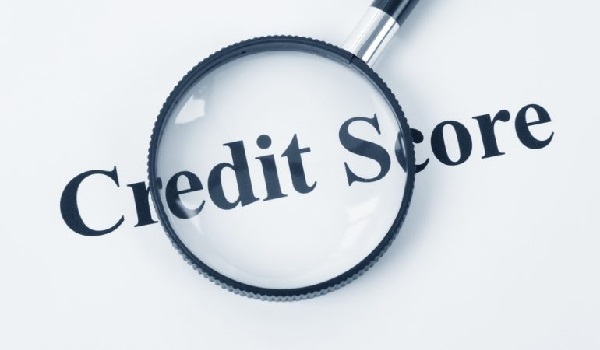SME lenders already know that the market offers a huge opportunity, but also know that it’s incredibly difficult to drive high approval rates without increasing risk. Finding the technology, implementing your risk strategy and effectively wrangling the risks in an ever-evolving industry is a big challenge.Here Credit scoring models provide an opportunity for lenders to more efficiently evaluate loan risks and lower the costs of small-business lending.
Scoring Model: Learn from the past and anticipate future
Scoring Models help lenders in emerging markets standardize and improve their lending decisions. These models define customer scoring based on a statistical analysis of past borrowers’ characteristics instead of using judgmental rules.
- Credit Scores – a number that represents an assessment of the creditworthiness of a person, or the likelihood that the person will repay a loan.
- By analyzing a sample of historical client and business data, trends are deduced to better understand (potential) clients and predict future events such as credit repayment.
- Scoring is a method of assigning a numerical value (the “score”) to a client in order to predict how likely he or she is relative to others to experience some event or perform some action in the future. This is predicated on the notion that past behavior is indicative of future behavior for populations with similar characteristics.
Credit Scoring may alter small-business lending in several ways:
Borrower-Lender Interaction: Traditionally, a small-business need to meet with a loan officer in person and apply, including financial statements, business plans and a variety of other records. In fact, by using a credit-scoring system, a lender with no physical presence in a community can lend money to small businesses without ever seeing a business plan or financial statements.
Loan Pricing: The price of small-business loans will decline for higher-credit quality borrowers under credit scoring because these borrowers no longer have to bear the cost of a full human underwriting. Some businesses that previously had been thought to be high risk under a traditional underwriting system may be classified as lower risk under a credit scoring system.
Availability of Credit for Small Business: Repayment prospects of a small-business applicant makes it more likely that a lender will price the loan according to its expected risk. This prospect should increase the availability of credit to small businesses.
Increased Lending Opportunities: Lenders who use credit scores have the confidence to approve more loans, because credit scoring gives them more precise information on risk and other credit factors.
Fair Credit decisions: Using objective credit scoring, lenders can focus only on the facts related to credit risk, rather than their personal feelings. Factors like your gender, race, religion, nationality and marital status are not considered by credit scoring
For the lender, scoring leads to process automation, which facilitates process improvements, leading to many byproducts such as improved management information, control and consistency. It also increases the profitability of SME lending by reducing the time and cost required to approve loans and increasing revenues by expanding lending opportunities and service levels.
For evaluating loan proposals and for facilitating SME financing, firms would need to employ low-cost and quick decision-making alternatives. The use of credit scoring models can go a long way in facilitating lending decisions by reducing costs and increasing service levels.





